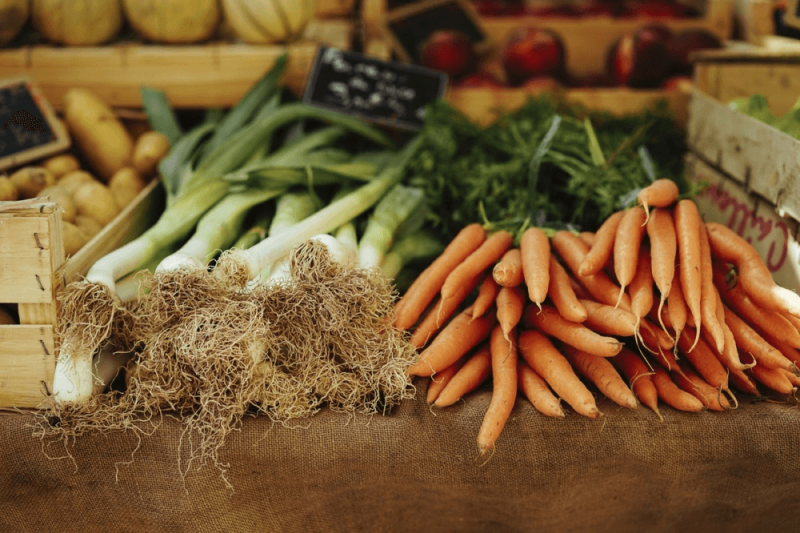Moderated by Howard-Yana Shapiro, a distinguished senior fellow at the World Agroforestry Centre (ICRAF), the [March 19 and 20 World Agri-Tech Innovation Summit] panel discussion featured diverse scientific thought leaders, each of whom is using CRISPR to achieve different goals and each of whom sees exciting opportunities ahead for the technology. Here’s a snapshot of their discussion:
…
Eduardo Blumwald, distinguished professor of cell biology in UC Davis’s Department of Plant Sciences is working on a way for CRISPR to help crops harvest nitrogen from the air.
David Savage, Howard Hughes Medical Institute investigator at the Innovative Genomics Institute, said he is particularly excited about CRISPR’s potential to deliver new crops and even localized varieties.
Traditional plant breeding is a very slow, onerous and laborious process which can take years to translate an idea to something in the field. One of the benefits of today’s whole suite of genomic tools is a faster way to learn about the underlying biology of plants, which ultimately helps speed up the breeding process, Savage said.
…
Though it’s already possible to target [disease resistance] genes specifically… Kinneret Shefer, CEO and co-founder of GeneNeer, said she thinks the next move in CRISPR technology is to make it more efficient by silencing genes in a tissue-specific manner.
…
GeneNeer is targeting two key traits in potatoes: resistance to nematodes and resistance to Verticillium dahliae, a fungi that is a major and growing problem in North America, especially in Canada.





























